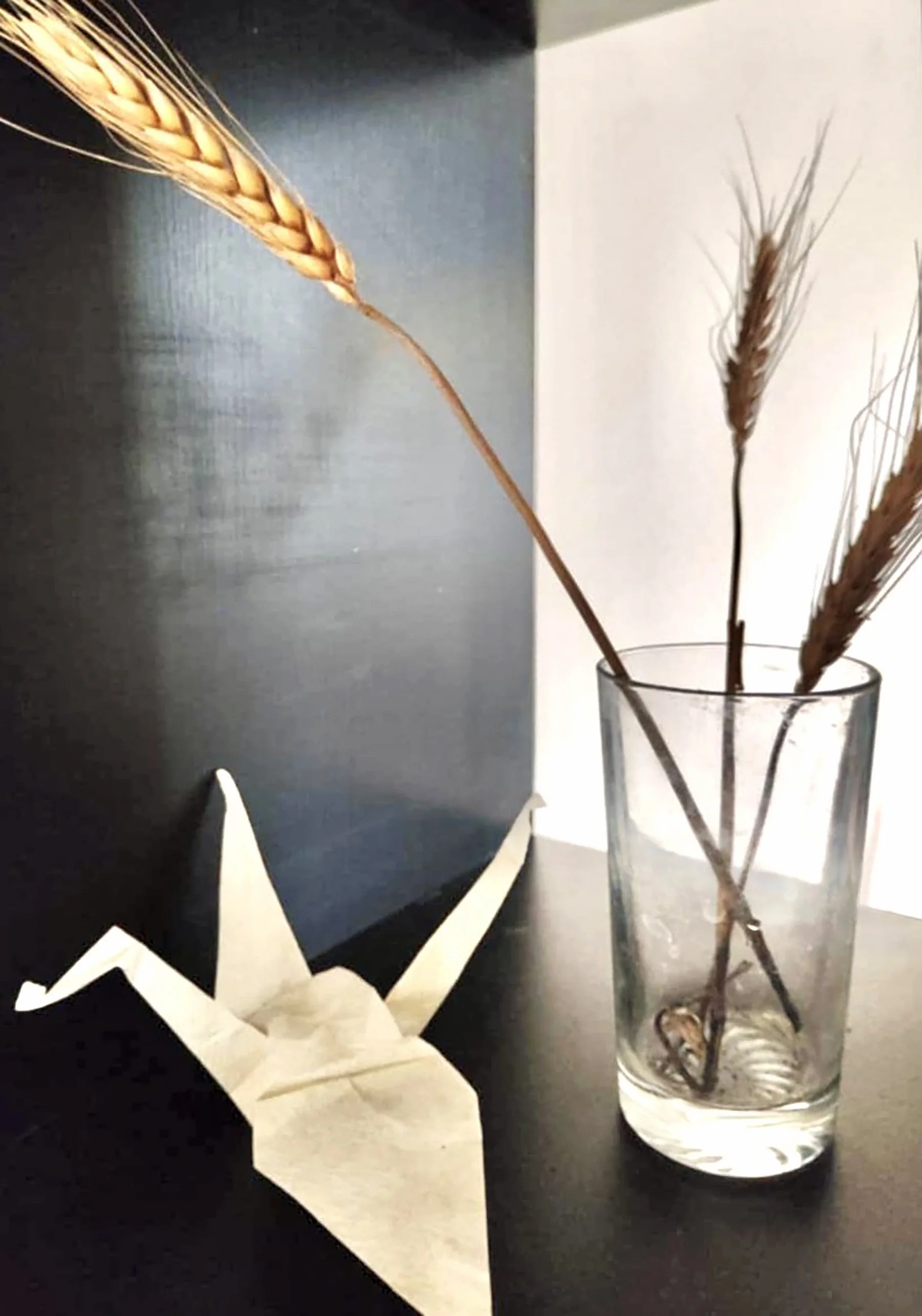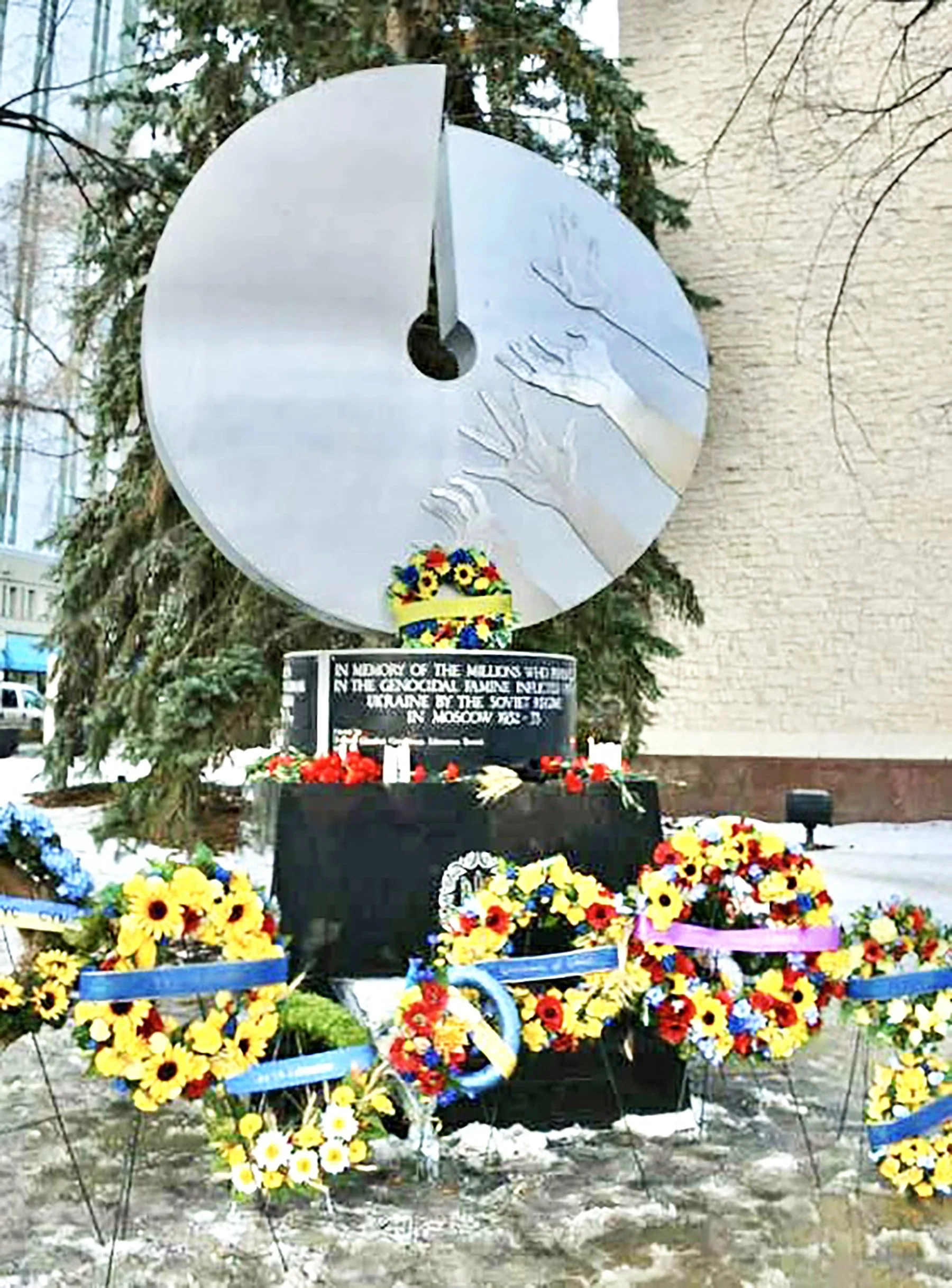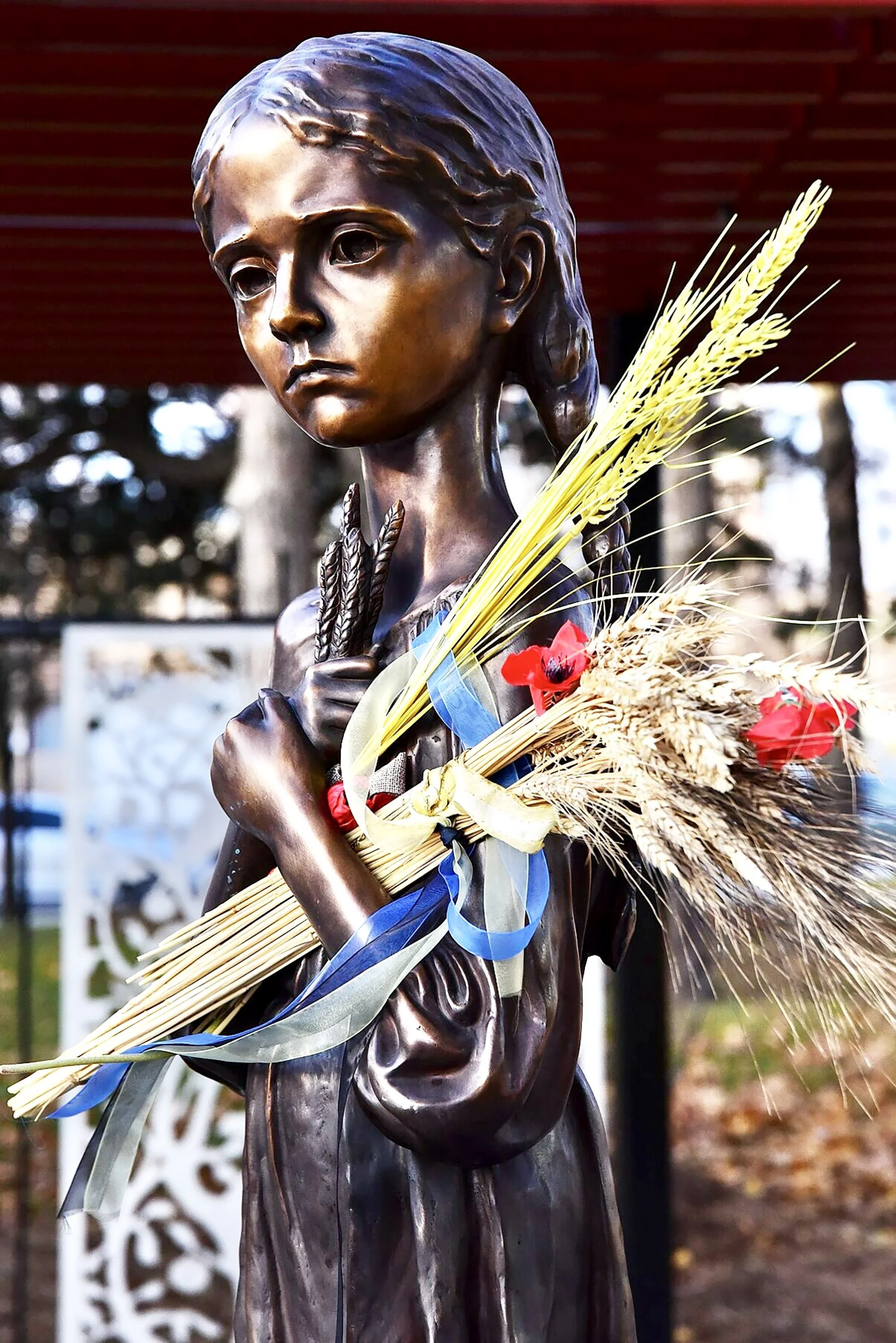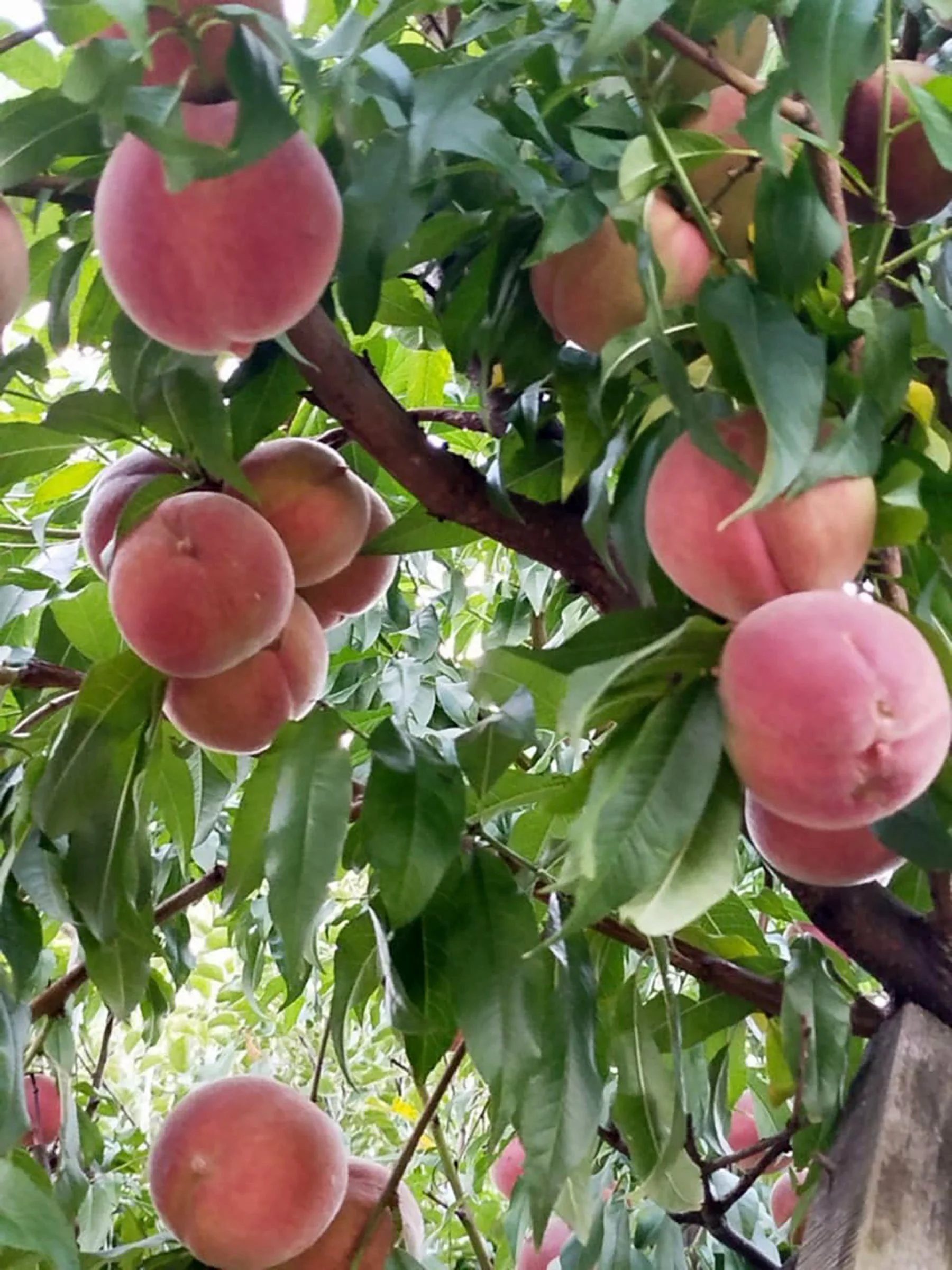Gratitude for Life
Thanksgiving, celebrated annually in Canada, is one of the most beautiful and significant holidays I’ve ever been fortunate enough to attend. A sense of gratitude to God and nature is deeply valued, and thanks to such celebrations, it’s ingrained in future generations. It’s a respect for traditions, one’s heritage, and a return to one’s roots. In our material world, we often forget our connection with nature, our interaction with it, and our dependence on it. It’s crucial to protect nature and respect the work of those who work in agriculture, saving us from days of hunger. Thanksgiving is a wonderful autumn tradition, a salve for the autumn blues, and a reason to once again gather with family and friends.
In Ukraine, where I was born, there is also a harvest festival called Obzhinki. It’s celebrated in the last week of August, although the date can shift. This holiday marks the end of the grain harvest and the gathering of the harvest. It symbolizes gratitude to the earth for its generosity, well-being, and abundance in the home. Obzhinki is a very ancient Slavic holiday, dating back to pagan times. The ancient Slavs held ceremonies dedicated to gratitude, which later merged with Christian traditions. For example, Christian holidays such as Honey Feast of the Savior and Apple Feast of the Savior, celebrated in August, can be considered Thanksgiving Day. On these days, festive services are held in churches. In their prayers, people thank God for the harvest and ask for mercy and all the blessings for the coming year. On these holidays, apples, honey, poppy seeds, and bouquets of dried herbs and flowers are brought to church. The fruit is blessed and then shared with family, friends, and those in need. The Apple Feast of the Savior is very dear to me; I celebrate my mother’s birthday on it. The dates of the holidays have shifted, but for me, Apple Savior is still associated with our family holiday.
Harvesting is famous for its ancient rituals. For example, in ancient times, women gathered grain ears in the fields and stacked them into sheaves, decorating the last sheaf with ribbons and flowers. This sheaf was placed in a place of honor in the house and remained there until Christmas. This sheaf symbolizes fertility and generosity. A wreath was also woven from the ears of grain, which personified the spirit of the field and its strength. During the gathering of the last ears of grain, they sang holiday songs, celebrated their labor, and prayed for a good next harvest. After the harvest, people held feasts outdoors or in their yards. The housewife brought out bread and salt as a symbol of prosperity. This bread, made from new flour, symbolized the energy of the earth and was shared with everyone. The celebration was accompanied by songs, dances, jokes, and general merriment. All this united people and gave them strength. It’s worth noting that such celebrations were typical for people living in rural areas. They were directly related to the harvest and other difficult farm work. In villages, people still try to preserve long-standing folk traditions and pass them on to their children and grandchildren. Nowadays, Obzhinki is also celebrated in cities in places like open-air museums. Fairs and agricultural festivals are also held. At the fairs, people can sample and buy products from local producers, including various types of honey and other bee products, vegetables, and baked goods. The Harvest Festival also supports farmers and sustainable agriculture, which is very important for a country with an economy weakened by war.
Ukrainian soil was the most fertile in Europe and one of the most fertile in the world. Ukrainians experienced no shortage of food, but unfortunately, certain historical events negatively impacted their lives. One of the most profoundly tragic shocks for the Ukrainian people was the mass famine of 1932-1933. It was a true genocide, artificially orchestrated by the ruling authorities at the time against their own people with the aim of suppressing and enslaving them. As a result, millions of Ukrainians died of starvation. In the spring of 1932, punitive authorities began to confiscate all food supplies en masse, condemning them to a horrible death. Ukrainians were harshly suppressed from fleeing their country. It was a terrifying time with horrific stories, which we have heard from surviving eyewitnesses. The Holodomor of 1932-1933 is recognized as genocide in many countries, including Slovakia, Poland, Latvia, Lithuania, the United Kingdom, Spain, Argentina, Peru, Mexico, the United States, Australia, Canada, and elsewhere.
In Ukraine, Holodomor Remembrance Day is observed on the fourth Saturday of November. Churches and cathedrals hold liturgies for the millions of Ukrainians killed, and people hold events and marches in the streets and squares of cities commemorating this terrible tragedy. On this day, at 4 p.m. local time, people observe a moment of silence in memory of the victims. The “Light a Candle” campaign is also held throughout Ukraine, inviting everyone to visit monuments to the victims and place lit candles at their foot. The memory of the Holodomor victims is also honored in other countries, including Canada. The world’s first monument to the victims of the Holodomor was erected in 1983 in Edmonton, Alberta. It was created by sculptor Lyudmila Temertya, whose mother survived the Holodomor. A sculpture, “Bitter Memory of Childhood,” was erected in Toronto in honor of the tragedy. A similar sculpture is located near the National Museum of the Holodomor Genocide in Kyiv, the capital of Ukraine. On Holodomor Remembrance Day, Canadian cities hold commemorative ceremonies, through which Canada supports the fight for human rights worldwide. The Ukrainian diaspora in Canada actively participates in initiatives related to the Holodomor in Ukraine and has the support of members of parliament. Nova Scotia officially established Holodomor Remembrance Day and recognized the Holodomor as genocide against the Ukrainian people. Sources claim that Canada was one of the first countries to recognize the Holodomor as genocide in 2003. At the local level, corresponding decisions have been made by the provinces of Alberta, Saskatchewan, Quebec, Ontario, British Columbia, and Nova Scotia. Despite challenges like the Holodomor and war, people continue to raise children, work, and appreciate the good things life gives us.
Looking back at Thanksgiving, I’d like to thank my parents for their hard work. This year, they grew peaches and watermelons. This wasn’t typical for their region, but the unusually hot summer helped these fruits ripen. My parents also have delicious, juicy apples, grapes, and plums growing in their garden. My mother makes delicious jam from these fruits, and plum pie is one of my favorites. I’m glad that growing vegetables and fruits brings them joy and benefits their health.
I want to wish everyone prosperity, generous gifts of nature, and wonderful memories as they move from this Thanksgiving into the New Year.






